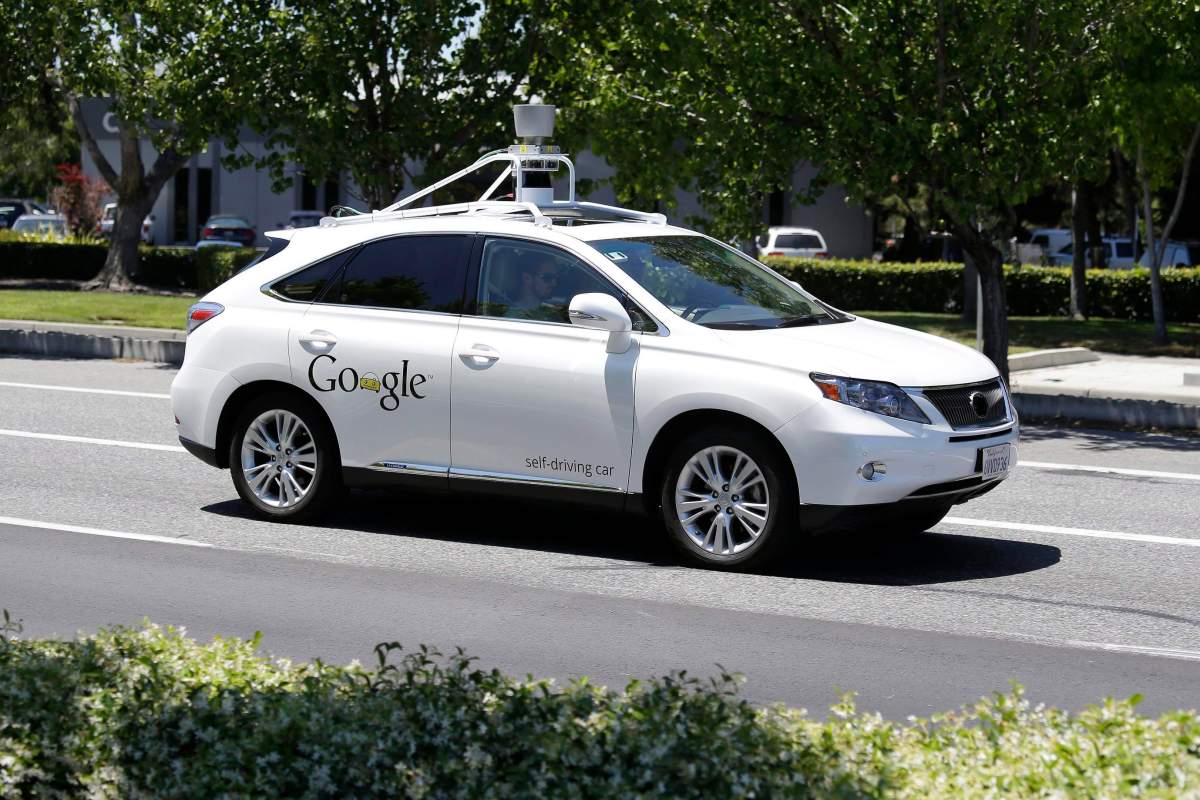TORONTO – Fewer parking lots sprawling the length of football fields, more green space and a reshaped vision of public transit.

Those are just a few of the ways driverless cars could lay the groundwork for widespread changes in how cities are designed, according to a group of Canadian architects and urban planners.
“There’s going to be a lot of land that’s freed up,” suggested Gianpiero Pugliese, principal architect at Audax Architecture, which designs commercial and residential buildings.
“As a community we will have the opportunity to decide how that’s used.”
READ MORE: Toyota shows off self-driving car on Tokyo highway
“Driverless City,” a panel discussion held Tuesday by the Urban Land Institute of Toronto, offered a rare opportunity for architects involved in projects across the country to debate how the fast-evolving technology will impact cities and their surrounding suburbs.
By far, the biggest focus was on how parking lots and massive garages could start to vanish.

Get daily National news
While self-driving vehicles are still in testing stages, there are prototypes from automakers and technology companies already on public roads. It’s widely expected that within 10 years driverless cars – or autonomous vehicles as they’re known in the industry – will be making their way to the average consumer.
But in a driverless world, people wouldn’t necessarily have to stick to old parking habits, the designers suggested. Instead of parking at the office, they could be summoned from a more distant, but centralized parking centre.
Pushing thousands of vehicles away from underground parking at office buildings could alter the dynamics of modern construction, said Antonio Gomez-Palacio, principal of planning and urban design at Dialog, which has designed a number of cultural and government buildings across the country.
“We can start to think of very different ways of doing things and it’s going to hugely affect the design process.”
But some of those possibilities also pose major challenges that could squeeze current infrastructure to its breaking point, particularly during rush hour at offices where all of the employees are beckoning their driverless cars, creating a new form of gridlock.
“All of a sudden, every office building at 5 o’clock is going to look like a school zone,” Gomez-Palacio said.
Driverless cars will also have a ripple effect on public transportation, he predicted, as more people turn to auto share services in suburban areas where buses have small passenger loads.
“My sense is that public transit agencies are going to start pulling back from suburban and sprawling environments and focusing on mass transit. You’re still going to need the subways and rapid transit,” he said.
Whether fewer cars end up on the roads is still up for debate. Some members of the panel pointed out that recent surveys found millennials believe car ownership is a low priority.
READ MORE: Nissan test car drives itself safely, recognizes pedestrians
Stuart Sherman, CEO of IMC Brands, a firm that helps companies use technology to advance their business, said self-driving vehicles raise concerns about energy consumption.
“I may not choose to park my car, but may choose to have my autonomous car circle the block,” he said.
“When a hundred of us do this, it becomes a problem.”
Broad impacts on the environment haven’t been part of the overall conversation on self-driving vehicles, suggested Gomez-Palacio.
“The bigger question is still how we actually reduce car dependency.”
- Carney’s Liberals hold narrow lead over Conservatives as 2025 ends: poll
- Canadian MP says Israeli soldiers shoved her as delegation denied entry
- Ontario influenza ICU admissions up 127% in past week, hospital association warns
- Canada’s grocery code of conduct is coming in 2026. What it means for you







Comments